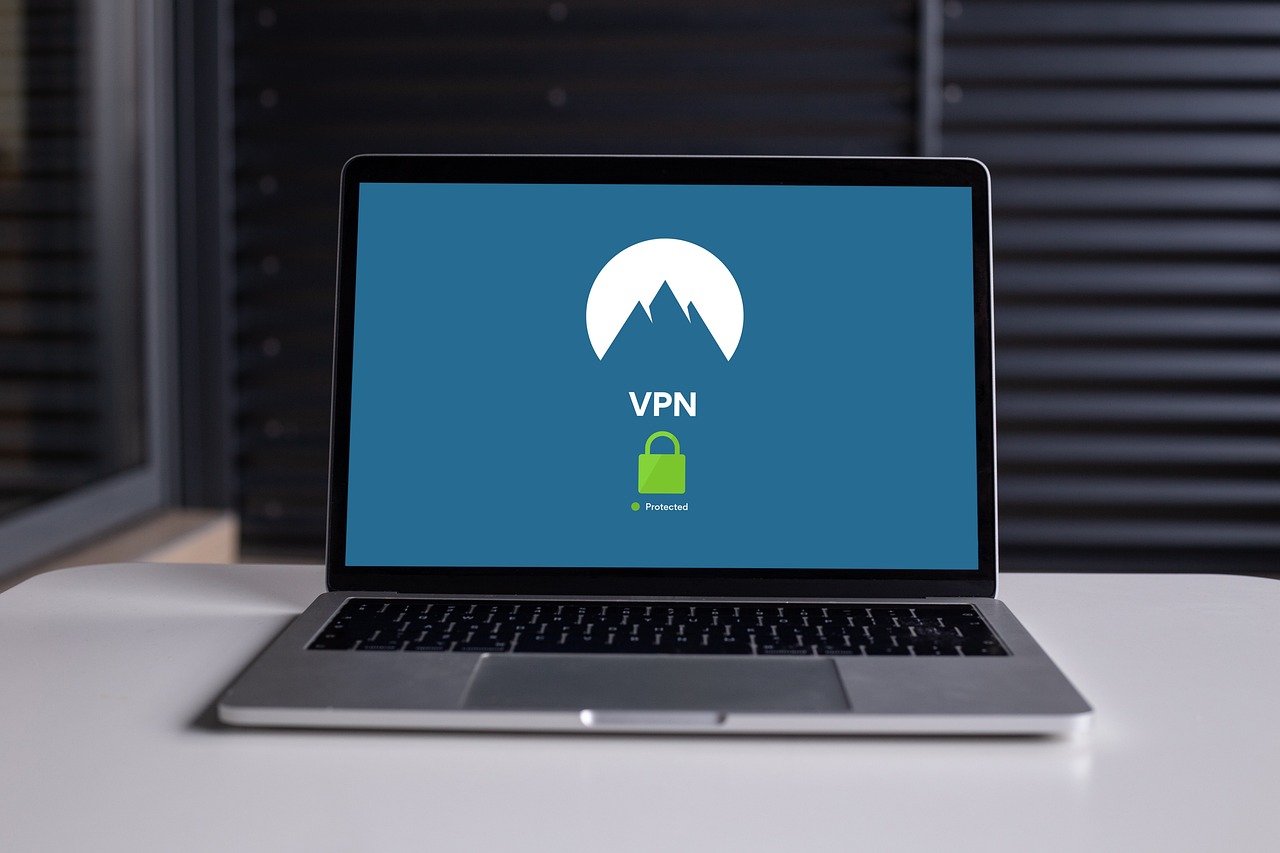Year: 2024

How to Optimize Software Performance: Techniques and Best Practices
- by Noel Shaffer
- 1 year ago
- 0 comments
Optimizing software performance is essential in today’s fast-paced digital landscape, where users demand speed, reliability, and efficiency. Nashville Software Development Agency and other similar tech firms highlight how poorly performing applications frustrate users and risk loss of business and reputation. Developers can ensure their software meets high-performance standards by employing effective techniques and best practices while delivering a seamless user experience. Below are details on how to boost and optimize software performance.
Understanding Software Performance Optimization
Software performance optimization involves improving an application’s speed, efficiency, and resource usage. The goal is to make software responsive, scalable, and cost-effective on local machines, mobile devices, or cloud platforms. This process requires identifying bottlenecks, enhancing code efficiency, and using the right tools to maintain quality standards.

Writing Efficient Code
One of the foundational steps in optimizing software performance is writing efficient and clean code. This involves using algorithms and data structures best suited for the task. Developers should also minimize redundant operations and ensure their code is easy to read and maintain. For instance, choosing a hash table over a linear search for lookups in large datasets can significantly reduce processing time. Similarly, adhering to coding standards and conducting regular code reviews helps prevent performance-related issues from creeping into the software.
Leveraging Profiling Tools
Profiling tools are invaluable for identifying performance bottlenecks. These tools analyze an application’s runtime behavior, pinpointing areas that consume excessive resources or take too long to execute. Popular profiling tools like VisualVM, Py-Spy, and Perf help developers focus on the most critical performance issues. By understanding which functions or modules are underperforming, developers can prioritize optimization efforts effectively, avoiding unnecessary changes in areas that don’t impact performance significantly.
Optimizing Database Interactions
Databases often serve as the backbone of modern applications, and optimizing their interactions is key to better performance. Poorly designed queries or unindexed tables can slow down an entire application. Techniques such as query optimization, proper indexing, and caching frequently accessed data can significantly improve database performance. Additionally, using database connection pooling and minimizing unnecessary calls to the database helps reduce latency and server load.
Utilizing Caching and Content Delivery Networks
Caching involves storing frequently accessed data temporarily to avoid repetitive processing. Implementing caching strategies at both the client and server sides can greatly enhance software performance. For applications that deliver content, using Content Delivery Networks (CDNs) helps distribute data efficiently by bringing it closer to end users. This reduces latency and ensures a smooth experience, especially for global audiences.

Ensuring Efficient Memory Management
Memory leaks and inefficient memory usage can cripple software performance. Developers must carefully monitor memory allocation and deallocation, using tools like Valgrind or Java Memory Analyzer to identify and fix issues. Additionally, adopting garbage collection techniques and optimizing object lifecycle management can help minimize memory wastage, keeping the application running smoothly.
Embracing Asynchronous Programming
Asynchronous programming allows applications to perform tasks concurrently, improving responsiveness. Multithreading and event-driven programming help optimize applications that require simultaneous processing, such as web servers or real-time communication platforms. By delegating non-critical tasks to background threads or asynchronous queues, developers can ensure that the main application remains responsive, even during heavy loads.
Regular Testing and Monitoring
Performance testing should be an integral part of the development lifecycle. Tools like JMeter, LoadRunner, and Apache Benchmark simulate real-world usage scenarios, helping developers understand how their application performs under stress. Continuous monitoring post-deployment is equally critical. Developers can proactively address potential issues before they impact users by tracking performance metrics such as response times, error rates, and server utilization.
Conclusion
Optimizing software performance is not a one-time effort but an ongoing process that evolves alongside technology and user expectations. Developers can ensure their applications remain fast, reliable, and scalable by adhering to best practices such as writing efficient code, leveraging caching, and regularly testing and monitoring. Embracing performance optimization as a core principle of development fosters technical excellence, user satisfaction, and business success.…
Read More
VPN vs. Proxy: Understanding the Biggest Differences and Benefits
- by Noel Shaffer
- 2 years ago
- 0 comments
Does your online business have to deal with lots of information requests that sometimes can be malware or other cyber threats? If your answer is yes, then you really need solid protection that can guarantee the security of your network. Among many, you may be confused about choosing between vpn and aproxy. Both of them are used to keep your business information safe, but there are some differences between the two that you should understand. So, how do you know which one is right for your business? In this article, we’ll provide a detailed look at the biggest differences and benefits of VPNs and proxies.
Encryption
 When it comes to encryption, both VPNs and proxies play a role in safeguarding your online activities. But VPNs use advanced encryption protocols to create an impenetrable tunnel between your device and the internet, ultimately ensuring that all data transmitted is well-protected from prying eyes. This level of encryption is vital for maintaining privacy and security while doing your job, even when accessing sensitive information. On the other hand, proxies also offer some level of encryption but may not provide the same robust protection as VPNs. Proxies primarily act as intermediaries between you and the websites you visit, masking your IP address but potentially leaving your data vulnerable to interception.
When it comes to encryption, both VPNs and proxies play a role in safeguarding your online activities. But VPNs use advanced encryption protocols to create an impenetrable tunnel between your device and the internet, ultimately ensuring that all data transmitted is well-protected from prying eyes. This level of encryption is vital for maintaining privacy and security while doing your job, even when accessing sensitive information. On the other hand, proxies also offer some level of encryption but may not provide the same robust protection as VPNs. Proxies primarily act as intermediaries between you and the websites you visit, masking your IP address but potentially leaving your data vulnerable to interception.
Connection Type
Aside from the encryption, the connection types for these two are also quite different. Let’s take a closer look at them. VPNs basically create a secure tunnel between your device and the internet, encrypting all data that passes through it. Meanwhile, proxies act as intermediaries between you and the websites you visit. They simply change your IP address without providing encryption for your data. While both options can help mask your IP address, VPNs offer a more secure and comprehensive solution by encrypting all of your internet traffic. This added layer of security makes VPNs a popular choice for those looking to enhance their online privacy and security.
Functionality and Benefits
When it comes to functionality and benefits, VPNs and proxies have distinct advantages. VPNs provide a secure encrypted connection that shields your online activities from prying eyes, ensuring privacy and anonymity. They also offer access to geo-restricted content by masking your IP address, allowing you to bypass censorship or stream region-locked media. On the flip side, proxies act as intermediaries between your device and the internet, offering varying levels of anonymity but without encrypting data like VPNs do. They can be useful for accessing specific websites or hiding your IP address but may not provide the same level of security as a VPN. Both options have their strengths depending on your needs – whether it’s enhanced security and privacy with a VPN or simple web browsing convenience with a proxy.
Final Thoughts: Is Using a VPN Better Than a Proxy?
If privacy, security, and overall internet freedom are your top priorities, then a VPN is the way to go. With its strong encryption protocols and ability to hide your IP address completely, a VPN offers comprehensive protection for all your online activities. But if you simply need to bypass geo-restrictions or access region-locked content occasionally, a proxy may suffice. Proxies are generally faster than VPNs because they do not encrypt data traffic in the same way. However, they lack the robust security features that make VPNs so effective at safeguarding your digital presence.…
Read More